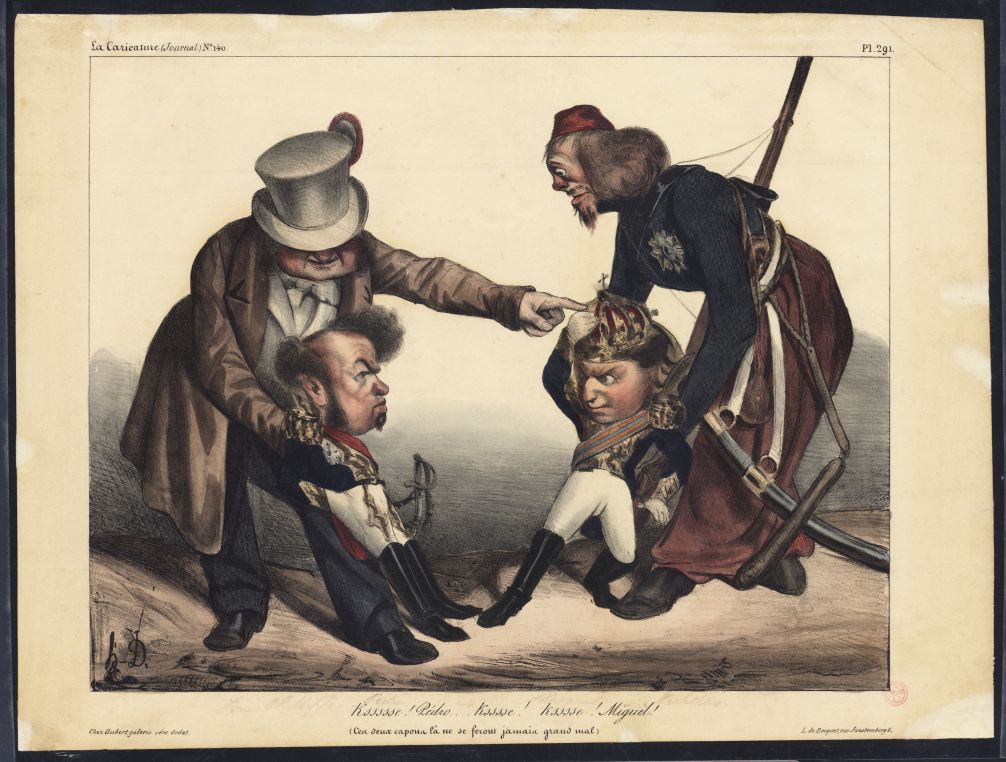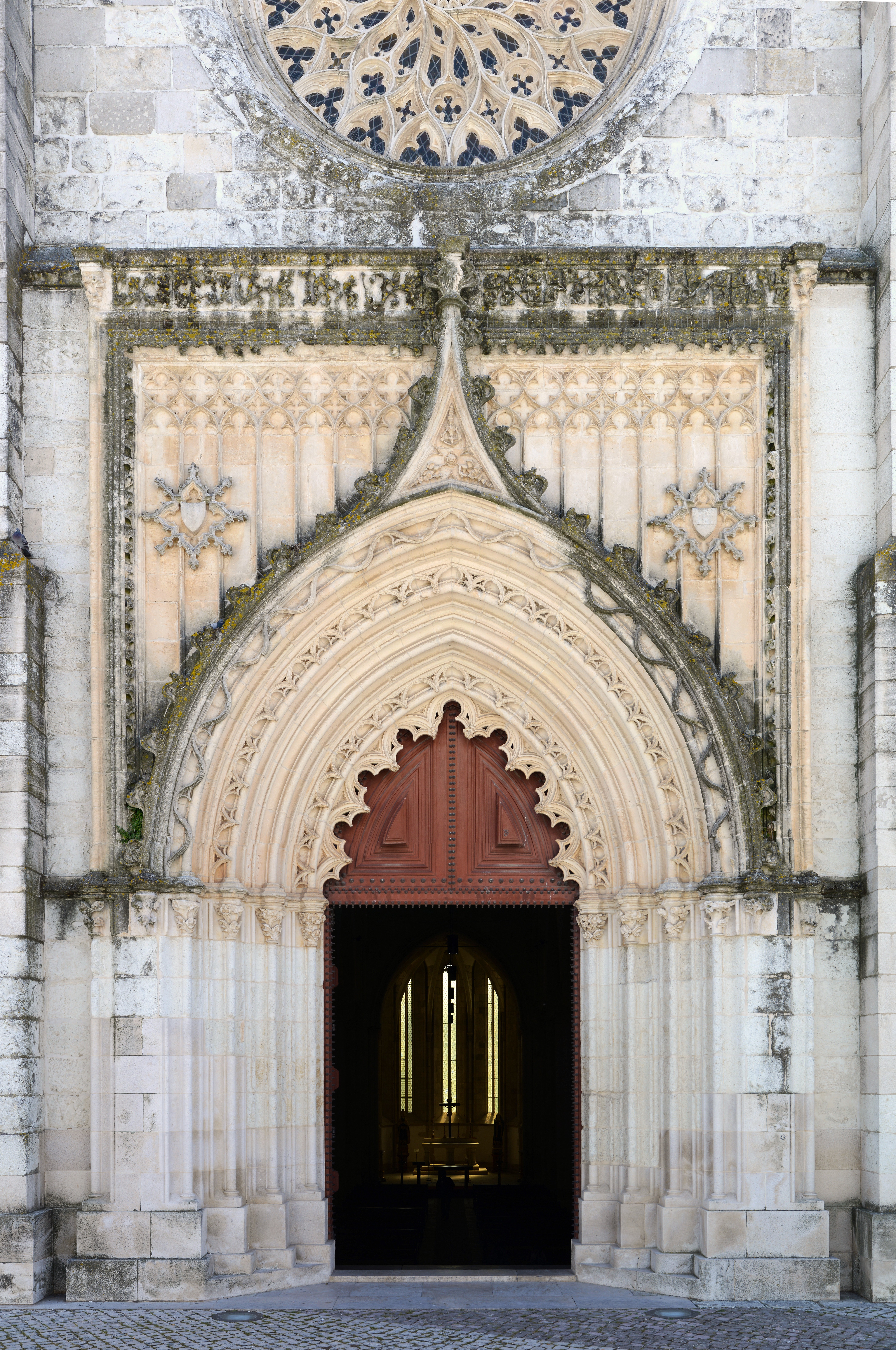|
Sangalhos
Sangalhos is a town and a civil parish in the municipality of Anadia, Portugal. The population in 2011 was 4,068, in an area of 16.90 km². History Archaeological remnants dating back to the Roman era presuppose a minor community within the territory of Sangalhos. The pre-Roman peoples of the region of the Vouga was already a mixture of races and cultures from the northern Europe and Mediterranean, but principally of Celtic or Turduli. The origin of its name ''sangalhos'', which refers to a unit of measure, as hypothesized by Joaquim de Silveira, came from the cult of São Galo (Sanctus Gallus). The author placed the origin of its parish in the 7th century, during the Visigothic period. During the Roman era, the area was part of the Roman civitas Talabriga (Marnel, Lamas do Vouga). The first documents that refer to Sangalhos date back to 957 A.D., and progress until the founding of the Portuguese Kingdom. In 1064, with the conquest of Coimbra, the lands of the Bairrada were ... [...More Info...] [...Related Items...] OR: [Wikipedia] [Google] [Baidu] |
Anadia, Portugal
Anadia () is a municipality in Portugal. The population in 2011 was 29,150, in an area of 216.63 km². It had 26,915 eligible voters. The city of Anadia is part of Arcos e Mogofores parish. The city itself had a population of 3,034 in 2001, while Arcos e Mogofores parish has about 5,000. History The history of the municipality is poorly documented before the Roman era, although some vestiges of early Paleolithic (Monte Crasto, Carvalhais and Vila Nova de Monsarros), Neolithic (Moita) and Iron Age (Monte Crasto) artifacts have been studied in this area. But remnants of Roman era artifacts have been isolated in many parts of the municipality, including Aguim, Avelãs de Caminho, Avelãs de Cima, Mogofores, Moita, Óis do Bairro, São Lourenço do Bairro, Vila Nova de Monsarros, Vilarinho do Bairro and, especially, in Anadia (Monte Crasto) and Sangalhos. In addition to domestic ceramic evidence, this early villages in this area existed along the cross roads between the major Rom ... [...More Info...] [...Related Items...] OR: [Wikipedia] [Google] [Baidu] |
Centro Region, Portugal
The Central Region ( pt, Região do Centro, ) or Central Portugal is one of the statistical regions of Portugal. The cities with major administrative status inside this region are Coimbra, Aveiro, Viseu, Caldas da Rainha, Leiria, Castelo Branco, Covilhã, Torres Vedras and Guarda. It is one of the seven Regions of Portugal ( NUTS II subdivisions). It is also one of the regions of Europe, as given by the European Union for statistical and geographical purposes. Its area totals . As of 2011, its population totalled 2,327,026 inhabitants, with a population density of 82 inhabitants per square kilometre. History Inhabited by the Lusitanians, an Indo-European people living in the western Iberian Peninsula, the Romans settled in the region and colonized it as a part of the Roman Province of '' Lusitânia''. The Roman town of Conímbriga, near Coimbra, is among the most noted and well-preserved remains of that period. After the fall of the Western Roman Empire, Visigoths were the ma ... [...More Info...] [...Related Items...] OR: [Wikipedia] [Google] [Baidu] |
Aveiro, Portugal
Aveiro ( or ) is a city and a municipality in Portugal. In 2021, the population was 80,880, in an area of : it is the second most populous city in the Centro Region of Portugal (after Coimbra). Along with the neighbouring city of Ílhavo, Aveiro is part of an urban agglomeration that includes 120,000 inhabitants, making it one of the most important populated regions by density in the North Region, and primary centre of the Intermunicipal Community of Aveiro and Baixo Vouga. Administratively, the president of the municipal government is José Ribau Esteves, elected by coalition between the Social Democratic Party and the Democratic Social Centre, who governs the ten civil parishes ( pt, freguesias). History The presence of human settlement in the territory of Aveiro extends to the period associated with the great dolmens of pre-history, which exist in most of the region. The Latinised toponym ‘'Averius'’ derived from the Celtic word ''aber'' (river-mouth, etym.< Brythoni ... [...More Info...] [...Related Items...] OR: [Wikipedia] [Google] [Baidu] |
Cértima River
The Cértima River ( pt, Rio Cértima, ) is a river in Portugal that runs through the freguesia of Barrô e Aguada de Baixo, in Águeda Municipality, Aveiro District. See also *List of rivers in Portugal This is a list of the rivers of Portugal. Note: List was taken from :pt:Anexo:Lista de rios de Portugal. Rio X was converted to X River. List A * Abadia le Riviera * Agadão River * Águeda River (Douro) * Águeda River (Vouga) * Albufeira R ... References Rivers of Portugal Ramsar sites in Portugal {{Portugal-river-stub ... [...More Info...] [...Related Items...] OR: [Wikipedia] [Google] [Baidu] |
Liberal Wars
The Liberal Wars (), also known as the Portuguese Civil War (), the War of the Two Brothers () or Miguelite War (), was a war between liberal constitutionalists and conservative absolutists in Portugal over royal succession that lasted from 1828 to 1834. Embroiled parties included the Kingdom of Portugal, Portuguese rebels, the United Kingdom, France, the Catholic Church, and Spain. Roots of the conflict The death of King John VI in 1826 created a dispute over royal succession. While Dom Pedro, the Emperor of Brazil, was the king's oldest son, his younger brother Miguel contended that Pedro had forfeited his claim to the throne by declaring Brazilian independence. Pedro briefly entitled himself Dom Pedro IV of Portugal. Neither the Portuguese nor the Brazilians wanted a unified monarchy; consequently, Pedro abdicated the Portuguese throne in favor of his daughter, Maria, a child of 7. In April 1826, to settle the succession dispute, Pedro revised the first constituti ... [...More Info...] [...Related Items...] OR: [Wikipedia] [Google] [Baidu] |
Comarca
A ''comarca'' (, or , or ) is a traditional region or local administrative division found in Portugal, Spain and some of their former colonies, like Brazil, Nicaragua, and Panama. The term is derived from the term ''marca'', meaning a "march, mark", plus the prefix ''co''-, meaning "together, jointly". The ''comarca'' is known in Aragonese as ''redolada'' () and in Basque as ''eskualde'' (). In addition, in Galician, ''comarcas'' are also called ''bisbarras'' (). Although the English word " county" and its near synonym "shire" have similar meanings, they are usually translated into Spanish and Portuguese as ''condado'', a term which in the Iberian peninsula only refers to regions historically ruled by a ''conde'' ( count or earl). However, "comarca" is occasionally used, with examples including the Spanish Wikipedia entry for "comarca" and some translations of The Lord of the Rings (see below). In the CPLP In the Community of Portuguese Language Countries (CP ... [...More Info...] [...Related Items...] OR: [Wikipedia] [Google] [Baidu] |
Foral
200px, Foral of Castro Verde - Portugal The word ''foral'' ({{IPA-pt, fuˈɾaɫ, eu, plural: ''forais'') is a noun derived from the Portuguese word ''foro'', ultimately from Latin ''forum'', equivalent to Spanish ''fuero'', Galician ''foro'', Catalan '' fur'' and Basque ''foru''. The ''Carta de Foral'', or simply ''Foral'', was a royal document in Portugal and its former empire, whose purpose was to establish a ''concelho'' (Council) and regulate its administration, borders and privileges. A newly founded town would also need the king's approval through a ''Foral'', in order to be considered one. In this case, the town's administration and privileges would be defined in that document. ''Forais'' were granted between the 12th and the 16th centuries. The ''Foral'' was the basis for municipal foundation, thus the most important event of a city or town's history. It was critical to a successful land settling and an increase in crop yields, by giving more freedom and dignity, via a ... [...More Info...] [...Related Items...] OR: [Wikipedia] [Google] [Baidu] |
Middle Ages
In the history of Europe, the Middle Ages or medieval period lasted approximately from the late 5th to the late 15th centuries, similar to the post-classical period of global history. It began with the fall of the Western Roman Empire and transitioned into the Renaissance and the Age of Discovery. The Middle Ages is the middle period of the three traditional divisions of Western history: classical antiquity, the medieval period, and the modern period. The medieval period is itself subdivided into the Early Early may refer to: History * The beginning or oldest part of a defined historical period, as opposed to middle or late periods, e.g.: ** Early Christianity ** Early modern Europe Places in the United States * Early, Iowa * Early, Texas * Early ..., High Middle Ages, High, and Late Middle Ages. Population decline, counterurbanisation, the collapse of centralized authority, invasions, and mass migrations of tribes, which had begun in late antiquity, continued i ... [...More Info...] [...Related Items...] OR: [Wikipedia] [Google] [Baidu] |
Manuel I Of Portugal
Manuel I (; 31 May 146913 December 1521), known as the Fortunate ( pt, O Venturoso), was list of Portuguese monarchs, King of Portugal from 1495 to 1521. A member of the House of Aviz, Manuel was Duke of Beja and Duke of Viseu, Viseu prior to succeeding his cousin, John II of Portugal, as monarch. Manuel ruled over a period of intensive expansion of the Portuguese Empire owing to the numerous Portuguese discoveries made during his reign. His sponsorship of Vasco da Gama led to the Portuguese discovery of the sea route to India in 1498, resulting in the creation of the Portuguese India Armadas, which guaranteed Portugal's monopoly on the spice trade. Manuel began the Portuguese colonization of the Americas and Portuguese India, and oversaw the establishment of a vast factory (trading post), trade empire across Africa and Asia. He was also the first monarch to bear the title: ''By the Grace of God, King of Portugal and the Algarves, this side and beyond the Sea in Africa, Lord of Gu ... [...More Info...] [...Related Items...] OR: [Wikipedia] [Google] [Baidu] |
Lisbon
Lisbon (; pt, Lisboa ) is the capital and largest city of Portugal, with an estimated population of 544,851 within its administrative limits in an area of 100.05 km2. Lisbon's urban area extends beyond the city's administrative limits with a population of around 2.7 million people, being the 11th-most populous urban area in the European Union.Demographia: World Urban Areas - demographia.com, 06.2021 About 3 million people live in the Lisbon metropolitan area, making it the third largest metropolitan area in the , after |
Santarém, Portugal
Santarém () is a city and municipality located in the district of Santarém in Portugal. The population in 2021 was 58 671,excluding the parish Pombalinho, that changed from the municipality of Santarém to Golegã in 2013 in an area of 552.54 km2. The population of the city proper was 29,929 in 2012. The mayor is Ricardo Gonçalves ( PSD). The municipal holiday is March 19, the day of Saint Joseph (''São José''). The city is on the Portuguese Way variant of the Way of Saint James. History Since prehistory, the region of Santarém has been inhabited, first by the Lusitani people and then by the Greeks, Romans, Visigoths, Moors and later Portuguese Christians. Of the various legends related to the foundation of Santarém, the most famous tells of the Visigoth Saint Iria (or Irene), who was martyred in Tomar (''Nabantia'') and whose uncorrupted body reached Santarém. In her honour, the name of the town (then known by its Latin name '' Scalabis'') would later be c ... [...More Info...] [...Related Items...] OR: [Wikipedia] [Google] [Baidu] |




.png)

